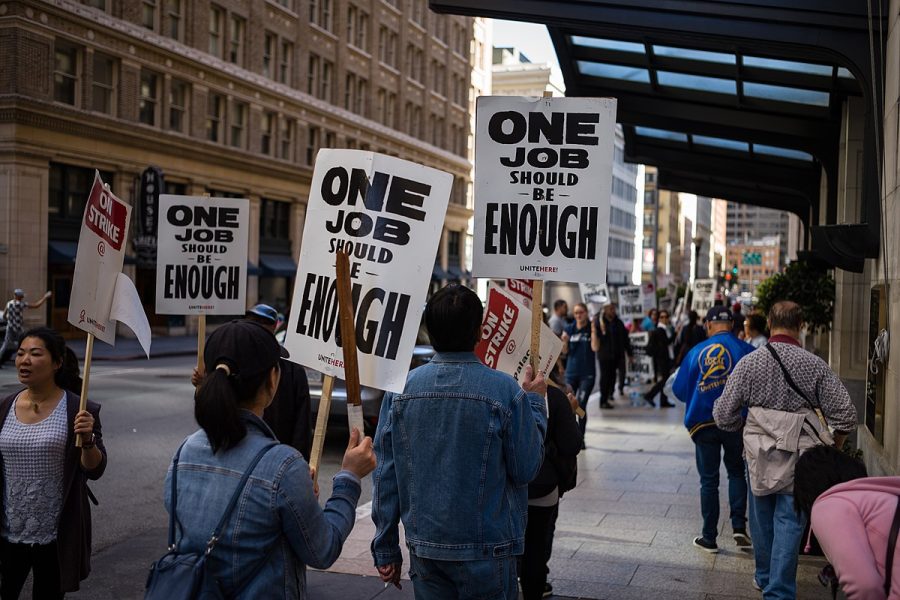
China has announced that it will decrease export quotas for rare earth metals by 10 percent in 2011.
China cites growing domestic demand for electronics as its primary rationale behind quota reductions. Governments such as Japan, which found itself barred from rare earth exports after a diplomatic row over a Chinese fisherman arrested in a disputed zone of the East China Sea, claim the quota reduction is purely political in nature.
Rare earths are used in all manner of electronic devices—from calculators to computers, if it is powered by electricity, there is a good chance rare earths are a key component of the device.
CSU East Bay Professor of Economics Tony Lima suggested that reliance on Chinese rare earth exports could be solved by a stroke of President Barack Obama’s pen, if he decides to make it a priority to do so.
“The U.S. apparently does have deposits of many rare earths,” said Lima. “But environmental restrictions on mining and/or processing shut down that industry quite a while back. If President Obama is really concerned about this, he can probably remove many of those restrictions with an executive order.”
Stringent environmental regulations adopted by the Western world starting in the 1970s—environmental regulations that China has yet to adopt—virtually prohibit the mining of rare earths in those nations.
Over 97 percent of the entire global supply of rare earths is mined in China. The United States led the world in rare earth production until the closure of Mountain Pass rare earth mine in 2002 over environmental concerns.
As a sign of the changing political climate, the open-pit mine located in California’s Mojave Desert is due to be reopened by its owner Molycorp Minerals in response to increased demand triggered by China’s quota reductions.
The “rare earth” descriptor is deceptive, as such elements are quite common in nature. The 17 rare earth elements can be found in great quantity in Australia, the United States and other parts of the Western world.
The specific rare earths used in the electronics industry touch every aspect of technology. For example, holmium is used in lasers, praseodymium finds use in the steel-making and glass industries, scandium is used in aircraft components and lanthanum is used in the petroleum refining process and batteries.
The rare earths vary in levels of toxicity, but as rare earths are usually found in conjunction with radioactive elements such as uranium and thorium, waste products from rare earths are tainted by harmful levels of radiation, as well as harsh acids used in the rare earth refining process.
The main source of the world’s rare earths, the Bayan Obo mine complex in Inner Mongolia, has been blamed for being the source of industrial runoff containing the region’s water table.
Some suggest that China’s reduction in export quotas is a calculated move to shift China away from functioning as an exporter of rare earth raw materials to the export of rare earth finished goods.
As early as 2006, a division of General Electric dealing with miniature magnet research moved its operations from the United States to China as part of a larger trend of corporations locating their research and developments organizations closer to their assembly lines.
International reaction to China’s quota reductions has been negative. Japan in particular has begun to aggressively pursue alternatives to using rare earths in electronics and technology production.
The Japanese have stepped up trade relations with Australia and Vietnam, two up-and-coming suppliers of rare earths, and created government-directed incentives to increase the amount of rare earths recycled from electronic waste.
China is expected to revise its quota projections later this year, but as of now the Chinese cap of 35,000 tons of rare earths per year is expected to stay put. Should the United States get its Mountain Pass mining facility up and running, Molycorp Minerals expects the site to produce over 20,000 tons of rare earths per year starting in 2012.
Regardless if China increases its yearly quota to meet worldwide demand, the global community seems to be in no mood to rely on China exclusively for its supply of rare earths in the future.











